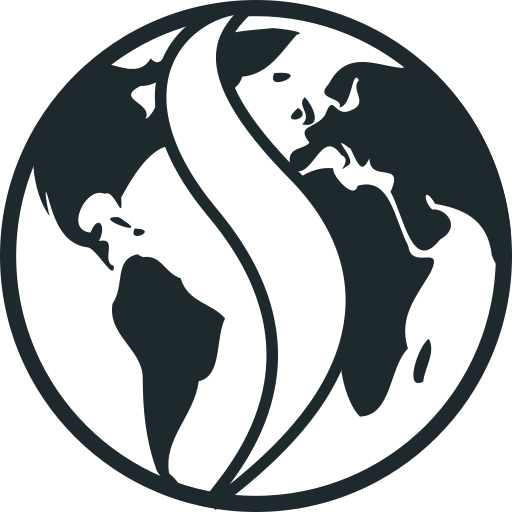Do you know about Copernicus? We’re not talking here about the Prussian astronomer who popularized the idea of heliocentrism, but rather about a program of the European Space Agency (ESA). The ESA developed Copernicus for the purpose of monitoring our Earth, whether it’s forests, oceans, or even air pollution. To accomplish this surveillance, the program relies on the constellation of Sentinel satellites. On April 25, 2018, it was precisely Sentinel-3B that was launched into orbit by the small Russian rocket Rokot.
Copernicus
Before delving into the heart of the matter, it’s important to go back a bit into the history and objectives of Copernicus. On May 19, 1998, the institutions responsible for European space decided to create GMES for “Global Monitoring for Environmental Security,” which would transform the following year into “Global Monitoring for Environment and Security.” The difference between the two is subtle but significant. Whereas the acronym in 1998 showed an objective of environmental protection, that of 1999 shows that monitoring it also has implications for security.

In 2004, the European Commission (EC) signed an agreement with the European Space Agency (ESA) to develop the space segment that would be essential for GMES. In 2007, GMES was recognized as a flagship initiative of the European Union through the Communication on European Space Policy. In 2009, the EC proposed a legal basis and funding for GMES under the name of the “European Earth Observation Program (GMES) and its Initial Operations (2011-2013)” regulation. This regulation officially entered into force the following year.
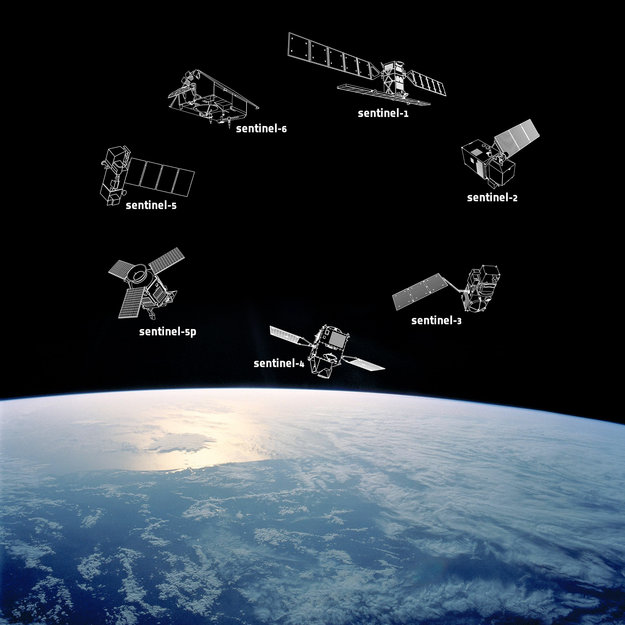
In 2013, the program was renamed Copernicus and a first budget was allocated after approval by the European Parliament of the Multiannual Financial Framework (MFF) for the period 2014-2020. This budget of 3,786 million euros, distributed according to the GDP of participating states, will allow the operation of the first three satellites necessary for Copernicus: Sentinel-1A, 2A, and 3A; the precursors of the eponymous constellation.
The goal of the Copernicus program is to ensure Europe’s autonomy in Earth observation at all scales. This surveillance will support directives voted on by the EU (European Union) as well as its international commitments. Indeed, before deciding to amend laws on forest exploitation, it is preferable to know what European forests already look like.
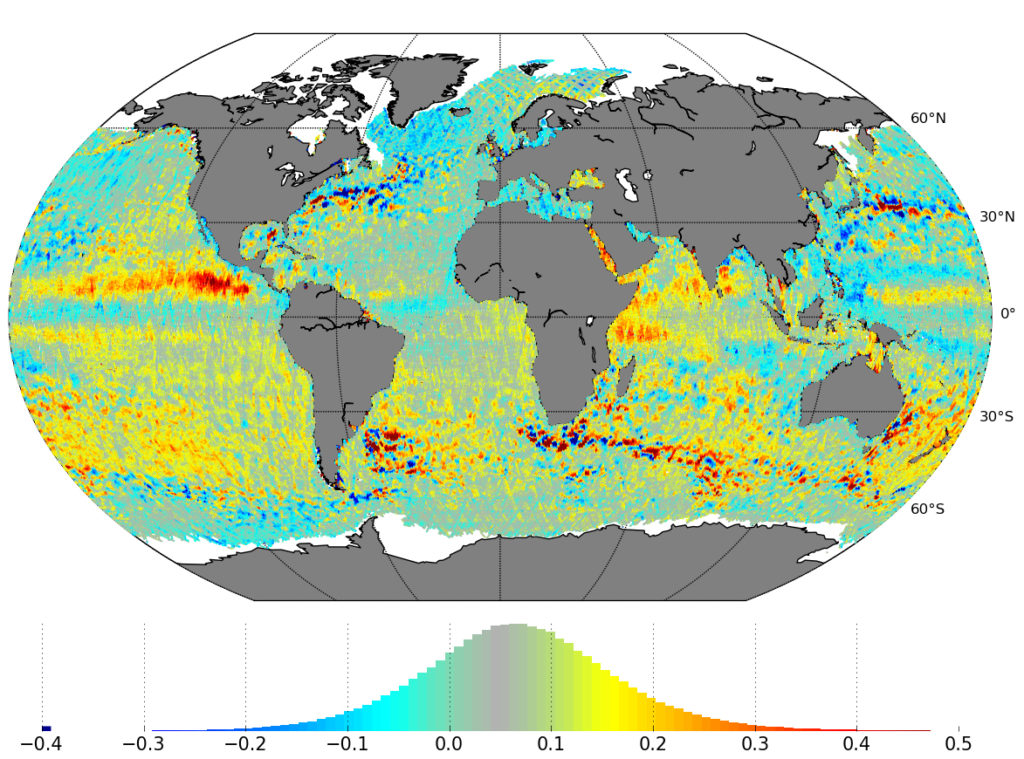
Today, Copernicus addresses six domains:
- Land monitoring
- Marine environment monitoring
- Atmosphere monitoring
- Emergency management
- Security
- Climate change adaptation
This number of domains will increase as the Sentinel constellation develops further.
Sentinel
Since the beginning of this article, we have been talking about the Sentinel satellites, but what exactly is this grouping? Sentinel, as its name perfectly indicates, serves as a sentinel for the Copernicus program. These are the satellites that will observe the Earth from space and provide the majority of the information for Copernicus. In 2008, an agreement between the EC and the ESA decided that the latter would develop the necessary space infrastructure for GMES. The Sentinel constellation currently consists of seven satellites, and by 2021, this number is expected to rise to eleven. However, Sentinel is not only composed of entire satellites. We also find in the list three instruments that will simply be deployed on other space objects.
Some of the Sentinel satellites are identical, but different families can still be distinguished:
Sentinel 1
The Sentinel 1 satellites number 3: Sentinel-1A was launched as the first of the Copernicus orbital segment in June 2014, followed by Sentinel-1B in April 2016, and Sentinel-1C is expected to be launched in 2021. This first family of Sentinel is equipped with radar that allows imaging of the Earth with a resolution of 10 meters per pixel regardless of weather conditions or local time. These satellites weigh 2.3 tons at liftoff and are placed in a heliosynchronous orbit at an altitude of 693 km and an inclination of 93° by a Soyuz rocket launched from Kourou. They have a minimum lifespan of 7.5 years and measure 3.4 meters in height and 1.3 meters in width.
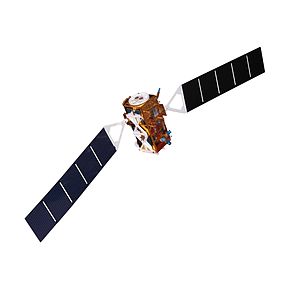
Sentinel 2
If you were to take a stroll in space on a heliosynchronous orbit at an altitude of 786km inclined at 98.5°, you might encounter two satellites from this family: Sentinel-2A, launched in June 2015, and Sentinel-2B, launched in March 2017. These two twins will be joined in 2021 by their new brother, Sentinel-2C. Much lighter than their counterparts in the first family (1.2 tons), the Sentinel-2 satellites are launched from Kourou aboard a Vega rocket. This part of the constellation images Earth’s oceans in thirteen different spectral bands with a resolution ranging from 10 to 60 meters. With two satellites, it is theoretically possible to image the entire Earth in five days, but due to clouds, Sentinel-2 can only provide a clean image of the entire globe in one month.
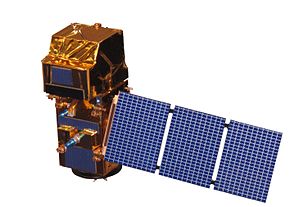
Sentinel 3
Another family of triplets. Sentinel-3A and 3B are already in orbit, launched respectively in February 2016 and April 2018. They are also awaiting their brother, who should depart for space in 2021. These satellites, placed in a heliosynchronous orbit at an altitude of 814km and inclined at 98.6°, are designed to gather maximum information about our beautiful blue oceans. Among this data are wave height, wind speed, temperature, and ocean color. With this data, for example, we can observe climate change but also pinpoint where plant life is concentrated through photosynthesis, which results in a change in perceived color. Each of these Sentinel 3 satellites weighs 1.2 tons and measures 3.7 meters in length by 2.2 meters in width. The Russian Rokot rocket handles the transport of these satellites to orbit. The Sentinel 3 satellites have a minimum lifespan of 7.5 years, but this is expected to be extendable up to 12 years.
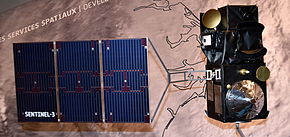
Sentinel 4
The Sentinel 4 family consists of only two instruments, 4A and 4B, which will be installed respectively on the Meteosat Third Generation satellites: MTG-SG-A 1 and 2. These instruments, set to be launched in 2021 and 2029, will be tasked with studying the composition of the Earth’s atmosphere. Eventually, they will be located in a geostationary orbit at 36,000km above sea level.
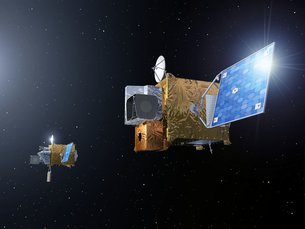
Sentinel 5
Sentinel 5 represents the first mixed family. It includes both a satellite (5P) and an instrument (5A). Like the previous family, Sentinel 5P and 5A will analyze the atmosphere. Originally, this group was supposed to consist only of instruments, but the launch could not occur before 2021 because no MetOp-SG satellite was scheduled for launch before then, and it is these satellites that are intended to carry Sentinel 5. Therefore, the ESA decided to manufacture a small satellite to be able to utilize this family starting from 2017. Thus, in October 2017, the Sentinel 5P (Precursor) satellite was launched aboard a Rokot rocket. It weighs only 820 kg and was placed in a heliosynchronous orbit at an altitude of 824 km and an inclination of 98.7°. Its lifespan is estimated at 7 years.
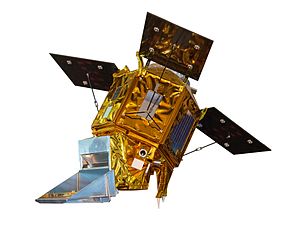
Sentinel 6
This family consists of only one satellite with a dual name: Sentinel 6A or Jason CS. It will continue the mission of Jason, a US-European constellation of satellites launched in 2001, 2008, and 2016. Their purpose (and therefore that of Sentinel 6A) will be to measure the topography of the oceans. Sentinel 6 is expected to be launched in 2021 and will serve as a transition between the Jason system, which was also owned by NASA, and a 100% European radar system, the technology of which will only be tested in 2019 with the SWOT (Surface Water Ocean Topography) satellite.
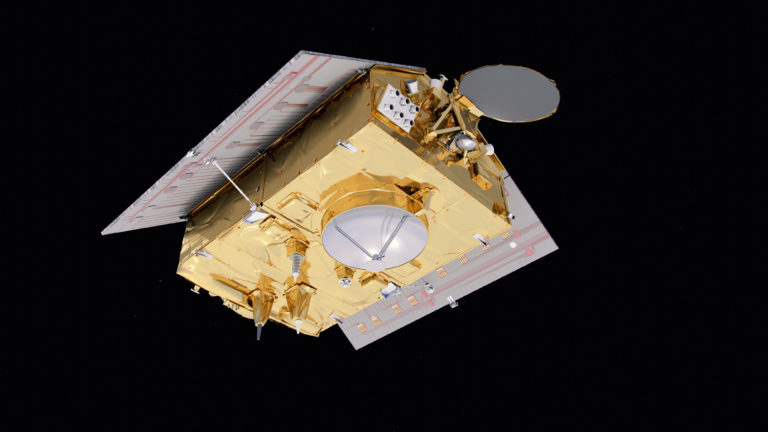
On April 25, 2018, the Sentinel-3B satellite was launched aboard the Russian Rokot rocket. The rocket measures 29m in height and 2.5m in diameter. It can place 1.2 tons in a heliosynchronous orbit and 1.8 tons in a low Earth orbit. Out of 31 launches of this launcher, only 3 have failed. As a side note, like many of the smaller Russian rockets and early American ones, Rokot was originally designed to become an intercontinental ballistic missile (ICBM). Due to its past, Rokot is still launched today from a launch tube, a sort of missile silo but above ground. The launch went smoothly, and the signal was established. The day after the flight, Sentinel-3B was even cataloged on an orbit of 803km by 815km inclined at 98.62°. The upper stage of the launcher was captured on an orbit of 400km by 755km. This new European satellite is thus on the same orbit as its predecessor Sentinel-3A, following it by about ten minutes.
To conclude, here are some photos of the satellite and the launch:
